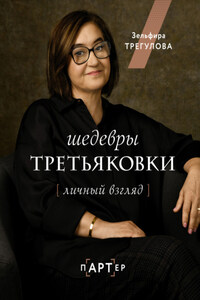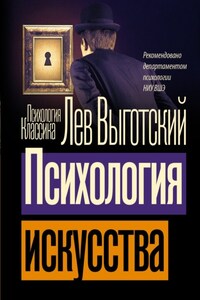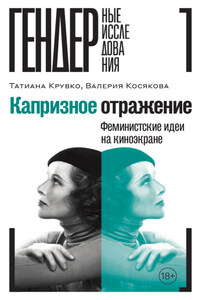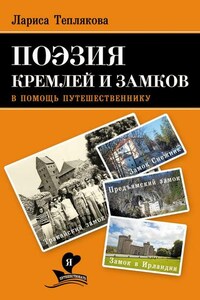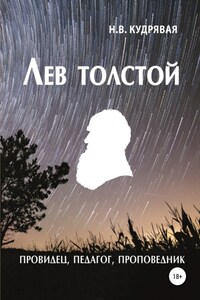I developed very early an aesthetic sensibility. Whilst I was still wearing skirts I was made to put on underwear that was too long for me, so that even I could see the grey flannel with the wavy red trimmings. When the doorbell rang I hid to keep the visitor from seeing me in this state (two to three years old).
My grandmother, Frau Frick, taught me very early to draw with crayons. Her dead body made a deep impression on me. No resemblance could be detected. We weren’t allowed to come close. And Aunt Mathilda’s tears flowed like a quiet brook. For a long time I shuddered whenever I passed the door leading down to the cellar of the hospital, where the corpse had been kept for a while. That the dead could terrify us, I had thus learned; but shedding tears appeared to me a custom reserved for adults (five years old).
Tramps often attacked me in my dreams. But, I always managed to escape by claiming to be a tramp myself. This ruse always helped me with my fellow students (about seven years old).
In the restaurant run by my uncle, the fattest man in Switzerland, were tables topped with polished marble slabs, whose surface displayed a maze of petrified layers. In this labyrinth of lines one could pick out human grotesques and capture them with a pencil. I was fascinated with this pastime; my “bent for the bizarre” announced itself (nine years old).
“His sister consoles him,” read the illustrated passage in a poem. But I didn’t put any high value on the sister’s consolation, because she looked unaesthetic (six to eight years old).
24.4.1898. A stay in Basel, in the autumn of 1897 and 1898, with my relatives (after the completion of high-school education). Great care was taken to entertain me. A certain admiration was shown for my talents. I felt well. My puberty also produced certain timid relations with my girl-cousin D., typical things, completely unconscious.
I took a splendid walk with D. through the vine-covered hills from Weil up to Tüllingen. I can still see the fruit-laden plain spreading broadly at our feet. Many visits to the theatre. Mainly opera. An evening of ballet. I composed many a quatrain to compensate for my too meagre satisfactions. Art as authentic as it was bad.
Bern. 12.12.1897. After a time I once again picked up some of my sketchbooks and leafed through them. In the process I felt something that seemed like hope reawaken in me. By chance I saw my mirror-image in the windowpane and I thought about the man looking out at me. Quite likeable, that fellow on the chair; his head resting against a white pillow, his legs on another chair. The grey book closed, the index finger of one hand inside it.
In the Quarry, 1913. Watercolour on paper on cardboard, 22.4 × 35.3 cm. Zentrum Paul Klee, Bern.
Before the Town, 1915. Watercolour on paper on cardboard, 22.5 × 29.8 cm. The Berggruen Klee Collection, The Metropolitan Museum of Art, New York.
He remained completely motionless, bathed in soft lamplight. Before this I had often observed him searchingly. Not always with success. But today I understood him.
Bern. 27.4.1898. “Sit down and learn it better!” So it went in the mathematics course; but all that is past and forgotten. Just now the year’s first thunderstorm is raging outside. A fresh wind from the west grazes me, carrying the odour of thyme and the sound of train whistles, playing with my moist hair. Nature does love me! She consoles me and makes promises to me. On such days I am invulnerable.
Outwardly smiling, inwardly laughing more freely, a song in my soul, a twittering whistle on my lips, I cast myself on the bed, stretch, and keep watch over my slumbering strength. Westward, northward, let it drive me wherever it wishes: I have faith!
I wrote a few short stories, but destroyed them all. Anno 1898. Nonetheless, I took myself under my own protection again. The fact that the results are no good is still no proof of ungodly descent. In such a “classical” environment there is no reality to lean on. What nourishment does an elemental drive find in pallid humanism? One is referred exclusively to the clouds. Drive without substance. Exceedingly high mountains with no base.
Retrospective. At first I was a child. Then I wrote nice essays and was also able to do sums (until about my eleventh or twelfth year). Then I developed a passion for girls. Then came the time when I wore my school cap tilted back on my head and only buttoned the lowest button of my coat (fifteen). Then I began to consider myself a landscapist and cursed humanism. I would gladly have left school before the penultimate year, but my parents’ wishes prevented it. I now felt like a martyr. Only what was forbidden pleased me. Drawings and writing. After having barely passed my final examination, I began to paint in Munich.

